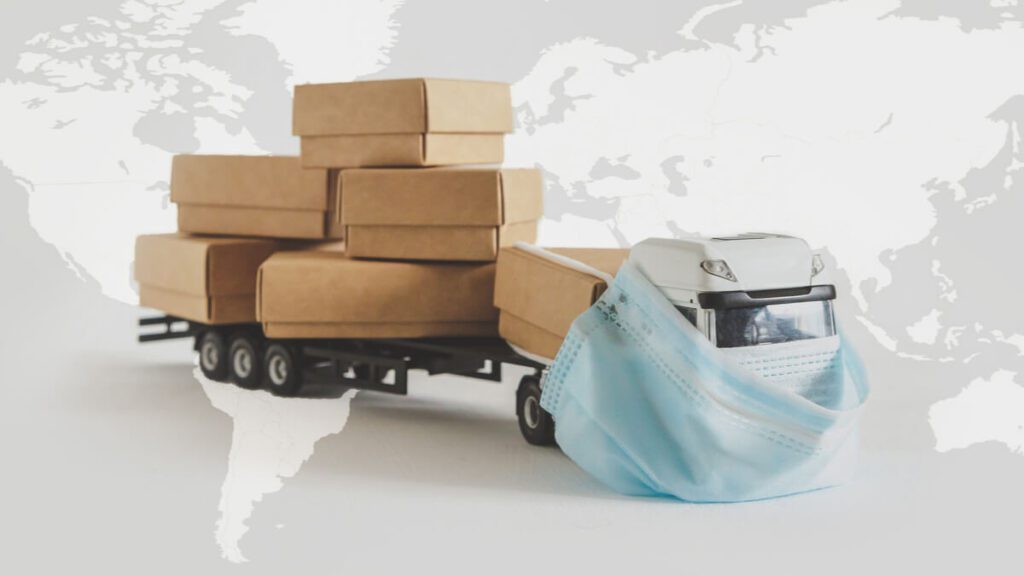
Finding a vaccine is only half the battle; global supply chains and pharmaceutical logistics face many unprecedented challenges amid the pandemic. A logistical supply system capable of overcoming distribution pitfalls needs to be robust, sturdy, innovative, smart, interconnected, and transparent.
In regard to the global supply networks, The World Economic Forum said, “Governments, businesses and individual consumers suddenly struggled to procure basic products and materials, and were forced to confront the fragility of the modern supply chain. The urgent need to design smarter, stronger and more diverse supply chains has been one of the main lessons of this crisis”.
Individual companies are taking initiatives to collaborate and cooperate with manufacturers to produce substantial amounts of vaccines to meet the demands of billions. As one example, Oxford university researchers preemptively made a deal with AstraZeneca to produce and distribute 100 million doses of their potential vaccine before the third stages of their trials had even begun. Such initiative is essential, but production is only half the battle.
According to a report by Amy Hodler, director of AI graph analytics at the Graph Database
company, Neo4j, the technology and the tools that define industry 4.0 may hold the answer in supporting the overwhelming task ahead.
In the article, she expresses how innovations in information and communication technology have enabled better durability, coordination, and flexibility in complex and sensitive supply chains. This allows pharmaceutical logistics and manufacturing companies to make drastic changes to their supply chains needed to fulfill the demand for global vaccination.
To meet the coming challenges, companies need to get a tight grip on storage and transport, monitoring and management, information systems and data management.
It turns out that transporting cargo containers worth of vaccines is a delicate process; they must be kept at cold temperatures throughout the journey from the conveyor belt to the syringe. Such ‘sensitive’ products require special types of connected networks called ‘cold chains’ in which special transportation conditions are maintained throughout the journey.
Pharmaceutical logistics companies need to take into account that many countries will not have easy access to such supply routes due to unreliable or unprepared power grids, bad roads, and lack of proper storage facilities. As such, using a centralized information system may help determine how much any given country may need in real time, whilst taking all of the above into consideration.
A lack of proper storage has been a recurring theme throughout the pandemic. We’ve seen companies paying to give away their fuel reserves due to lack of storage space as it would cost more to keep them.
The proper monitoring of systems however can let everyone along the chain know what capacity is left and whether to dispatch another shipment. The manufacturers would in turn know how much they need to produce for the current demand.
Companies need to work, not just on exclusive and private partnerships, but as part of a global network that shares know-how and grants complete transparency to its supply path. With examples such as WHO’s Covid-19 technology access pool, we are not too far off from a centralized pharmaceutical logistics system that could make the global vaccination journey much easier.